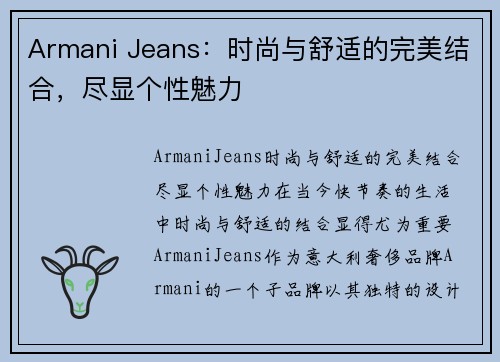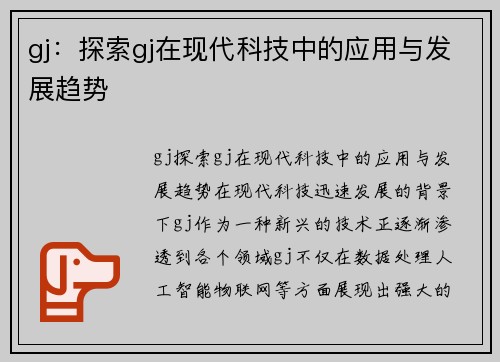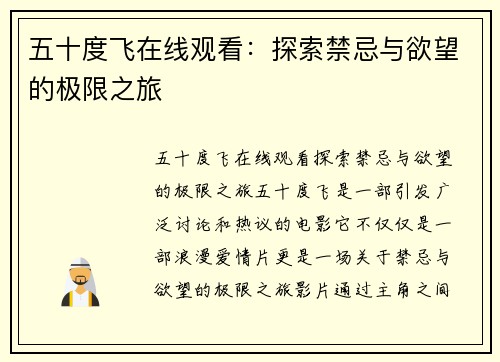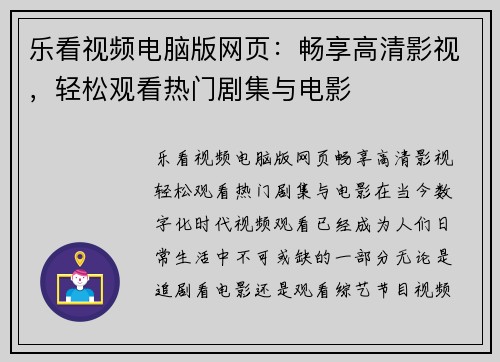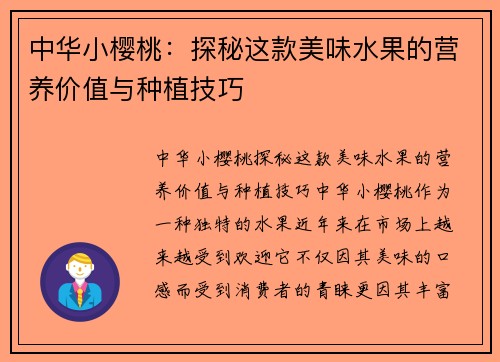Exploring the Meaning and Usage of 'Sesenta' in English
Exploring the Meaning and Usage of 'Sesenta' in English
The Spanish word "sesenta," which translates to "sixty" in English, serves as a fascinating entry point into the broader exploration of numbers, language, and cultural significance. While it may seem straightforward at first glance, the implications and uses of "sesenta" extend beyond mere numerical representation. This article delves into the meaning, usage, and cultural context of "sesenta," while also considering its relevance in both English and Spanish-speaking environments.
The Numerical Significance of 'Sesenta'
At its core, "sesenta" is the Spanish term for the number sixty. In the decimal system, sixty is a composite number, meaning it can be divided by numbers other than one and itself. Specifically, sixty can be factored into 2, 3, 4, 5, 6, 10, 12, 15, 20, 30, and 60. This mathematical property makes it a versatile number in various contexts, including time, measurement, and even music.
In the context of time, sixty plays a crucial role; there are sixty seconds in a minute and sixty minutes in an hour. This dual significance of sixty in both timekeeping and numerical representation highlights its importance in daily life. In Spanish-speaking cultures, the use of "sesenta" is common in conversations about age, time, and quantity, making it a word that frequently appears in everyday discourse.
Cultural Context and Usage
In Spanish-speaking countries, the number sixty often carries cultural connotations. For instance, reaching the age of sixty is often seen as a significant milestone, marking the transition into retirement and a time for reflection on one's life achievements. Celebrations such as "fiesta de sesenta" are common, where families and friends gather to honor the individual reaching this age. Such events emphasize the importance of community and familial bonds in Hispanic cultures.
Moreover, the number sixty appears in various cultural references, such as literature, music, and art. For example, in traditional Spanish music, rhythms and patterns may be structured around the number sixty, reflecting its mathematical properties. The significance of "sesenta" extends beyond its numerical value, embodying a sense of identity and cultural heritage.
The Linguistic Journey of 'Sesenta'
The journey of the word "sesenta" from Spanish to English is an interesting one. While English speakers may not commonly use the term "sesenta," understanding its meaning enriches their appreciation of the Spanish language and culture. The word itself derives from the Latin "sexaginta," which also means sixty. This etymological connection illustrates the shared roots of many languages and highlights the influence of Latin on both Spanish and English.
In English, numbers often serve as a bridge to understanding other cultures. For instance, when discussing age, time, or quantity, English speakers may find themselves using Spanish numbers in informal contexts, especially in multicultural settings. The integration of "sesenta" into English conversations can foster cross-cultural communication and understanding, allowing speakers to connect with Spanish-speaking individuals on a deeper level.
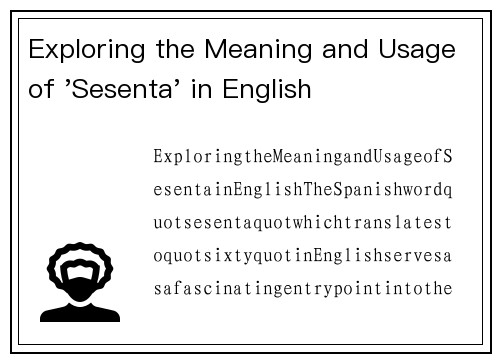
Practical Applications of 'Sesenta'
In practical terms, "sesenta" can be used in various scenarios. For example, when discussing age, one might say, "Mi abuelo tiene sesenta años," meaning "My grandfather is sixty years old." In business contexts, "sesenta" can be used to refer to quantities, such as "sesenta productos," meaning "sixty products." Additionally, in educational settings, teachers may use "sesenta" when teaching students about numbers, helping them to grasp the concept of counting and numerical relationships.
Moreover, "sesenta" can also be found in idiomatic expressions and colloquial phrases within Spanish-speaking communities. For instance, the phrase "sesenta y pico" refers to a range of ages or quantities slightly above sixty, indicating a level of flexibility in communication. Such expressions enrich the language and provide insight into the nuances of Spanish-speaking cultures.
The Global Influence of 'Sesenta'
As globalization continues to shape our world, the influence of Spanish language and culture is becoming increasingly prominent. The word "sesenta" serves as a reminder of the interconnectedness of languages and cultures. In regions with significant Spanish-speaking populations, such as the United States, understanding terms like "sesenta" can enhance communication and foster inclusivity.
Furthermore, the rise of social media and digital communication has facilitated the exchange of cultural expressions, including language. Spanish phrases, including "sesenta," are often used in memes, hashtags, and online discussions, allowing for a broader audience to engage with the language. This digital landscape encourages curiosity and learning, prompting English speakers to explore the richness of Spanish vocabulary.
Conclusion
In conclusion, the exploration of "sesenta" reveals much more than just a numerical translation. It opens the door to understanding cultural significance, linguistic evolution, and practical applications in both Spanish and English contexts. As we navigate an increasingly interconnected world, appreciating the nuances of words like "sesenta" can enhance our communication and foster deeper connections with diverse cultures.
Frequently Asked Questions
What does "sesenta" mean in English?
- "Sesenta" translates to "sixty" in English.
Why is the number sixty significant in Spanish culture?
黄色仓库 heck5- Sixty is often seen as a milestone age, marking retirement and life reflection, celebrated with gatherings and parties.
How is "sesenta" used in everyday conversation?
- It can refer to age, quantity, or time, such as "Mi hermano tiene sesenta años" (My brother is sixty years old).
What is the origin of the word "sesenta"?
- "Sesenta" comes from the Latin word "sexaginta," which also means sixty.
Are there any idiomatic expressions that include "sesenta"?
- Yes, phrases like "sesenta y pico" refer to a range slightly above sixty.
How can understanding "sesenta" benefit English speakers?
- It fosters cross-cultural communication and appreciation for Spanish language and culture.
Is "sesenta" used in any specific fields or contexts?
- Yes, it is commonly used in business, education, and cultural celebrations.
